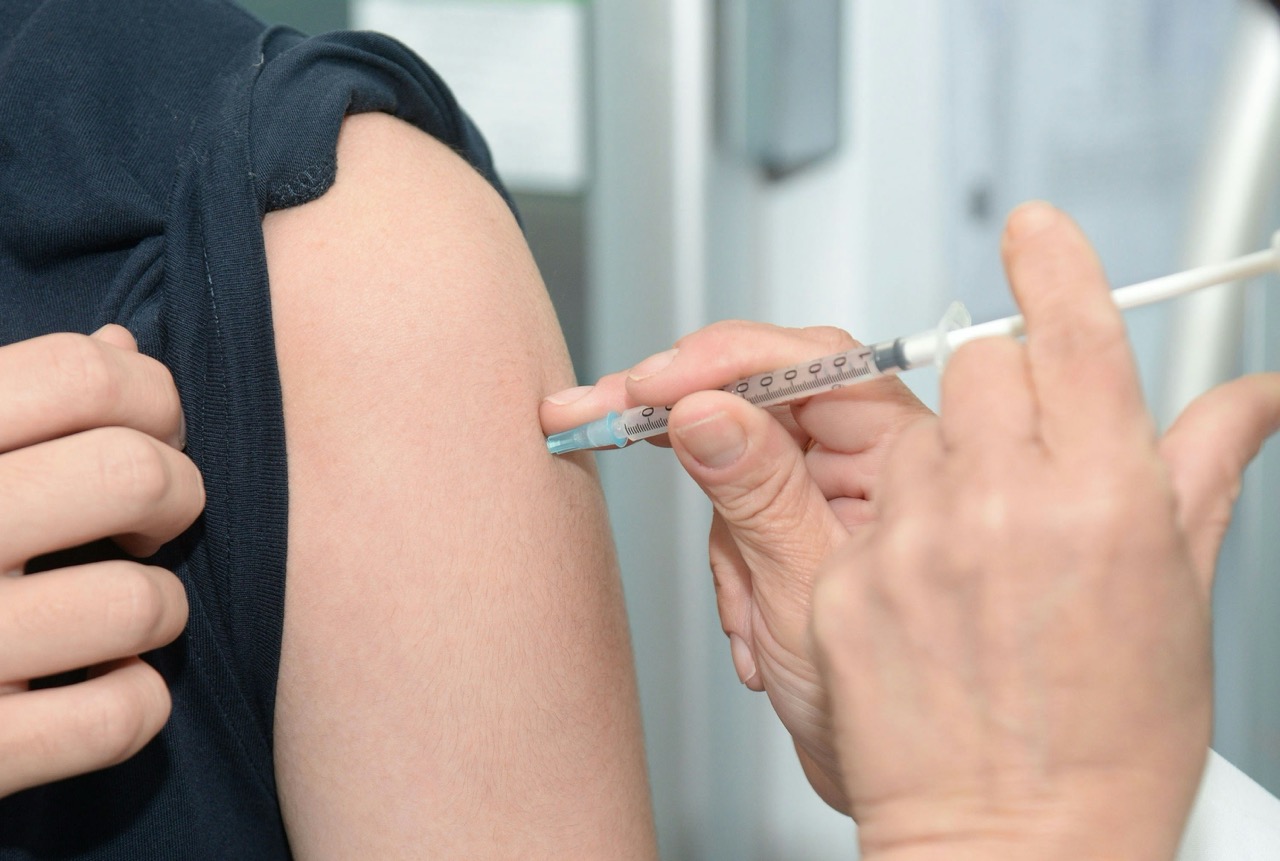Human Papillomavirus (HPV) is one of the most common sexually transmitted infections worldwide, encompassing over 200 different strains. While many people associate HPV primarily with genital warts and cervical cancer, its implications extend far beyond these conditions. One crucial aspect of HPV is its potential for transmission through various forms of sexual activity, including oral sex. Understanding the nuances of HPV transmission is essential for better awareness, prevention, and management of the infection.
Understanding HPV: An Overview of Human Papillomavirus
HPV is a virus that primarily infects the skin and mucous membranes of humans. It is categorized into low-risk and high-risk types, with low-risk types often leading to benign conditions like genital warts and high-risk types associated with several cancers, including cervical, anal, and oropharyngeal cancers. HPV is commonly transmitted through skin-to-skin contact, making it highly contagious during sexual activity, regardless of whether protection is used.
Despite being prevalent, many individuals with HPV remain asymptomatic, which complicates efforts to identify and treat the infection. This silent nature can lead to inadvertent transmission, as individuals may unknowingly spread the virus to their partners. While women are more frequently screened for HPV-related cervical cancers, awareness and screening for HPV-related head and neck cancers are less common, particularly among men and those engaging in oral sex.
Moreover, the global health community recognizes the importance of HPV vaccination in preventing the most harmful strains of the virus. Vaccines have been shown to be effective not only in preventing cervical cancer but also in reducing the risk of other HPV-related cancers, further emphasizing the need for education about the virus and its transmission routes.
The Mechanisms of HPV Transmission Through Oral Sex
Oral sex can facilitate the transmission of HPV, particularly when one partner is infected with the virus in the genital area. During oral sexual contact, the virus can transfer from infected genital skin or mucosal membranes to the oral cavity of the partner. Additionally, the presence of micro-abrasions or lesions in the mouth can increase susceptibility to HPV infection, allowing the virus to penetrate the tissue more easily.
Research has demonstrated that certain high-risk HPV types can lead to oropharyngeal cancers, which affect the throat, base of the tongue, and tonsils. These cancers are on the rise, particularly among men, highlighting the need for greater awareness of the implications of oral HPV infection. Notably, the risk of developing these cancers is thought to be greater in individuals with multiple sexual partners, as this increases the likelihood of exposure to different strains of HPV.
Furthermore, the co-occurrence of HPV with other sexually transmitted infections (STIs) can complicate the clinical picture. For instance, individuals with STIs like herpes or gonorrhea may be at an increased risk of contracting and transmitting HPV due to already compromised mucosal barriers. This interrelationship underscores the importance of comprehensive sexual health education and the need for regular STI screenings.
Risks and Implications of Oral HPV Infection
The most concerning implication of oral HPV infection is the potential development of oropharyngeal cancer. As mentioned earlier, this type of cancer is becoming more prevalent among younger demographics, especially men. Symptoms may not become apparent until the disease is advanced, making early detection challenging. The association between HPV and oropharyngeal cancer has led to increased attention among healthcare providers, emphasizing the importance of monitoring for symptoms such as persistent sore throat, difficulty swallowing, or unexplained lumps in the neck.
In addition to cancer risks, oral HPV infection can lead to benign conditions such as oral warts, which may be uncomfortable and impact quality of life. While these warts are not cancerous, they can be distressing and may require treatment. The emotional and psychological impact of an HPV diagnosis can also be significant, as it may affect self-esteem and intimate relationships.
Furthermore, the stigma surrounding sexually transmitted infections can lead to misinformation and fear, preventing individuals from seeking necessary medical advice or treatment. This stigma can be mitigated through increased public health campaigns aimed at educating individuals about HPV, its transmission, and the importance of











